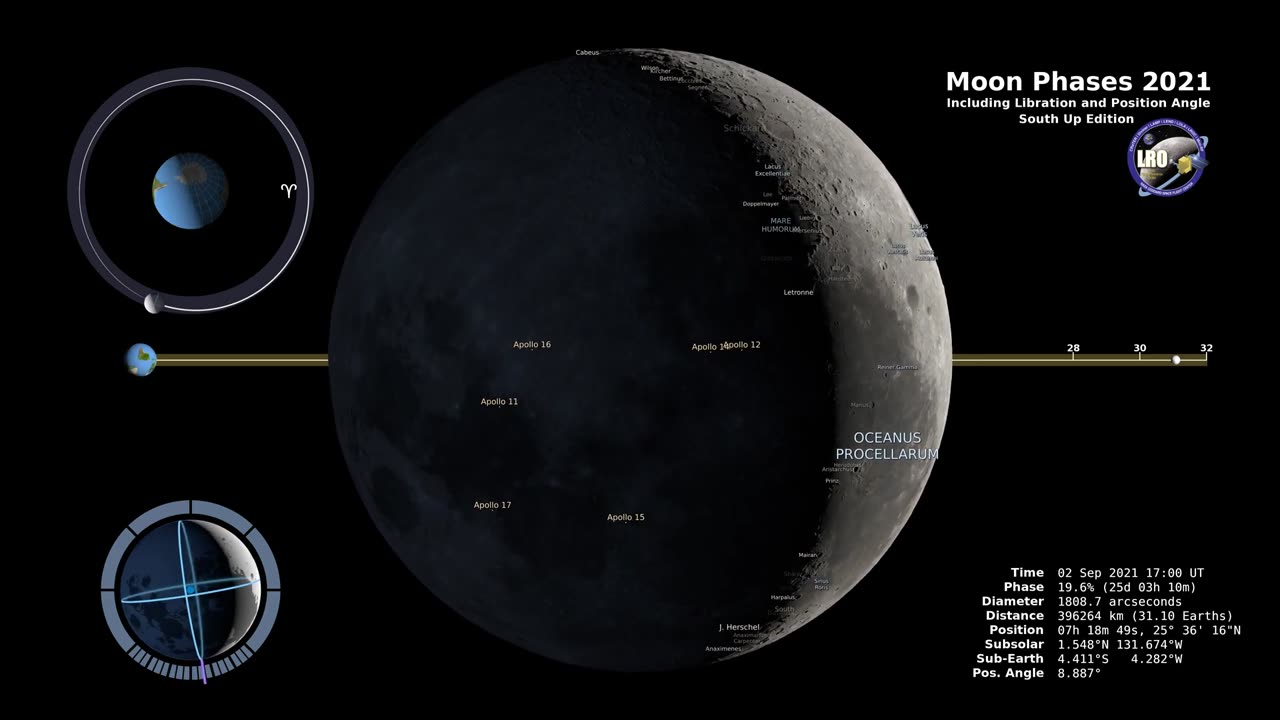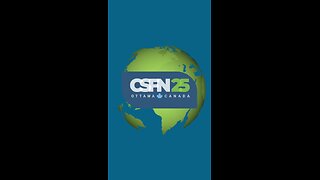Premium Only Content

Moon Phase Southern Hemisphere 2021 by HBN
To provide you with the phases of the Moon in the northern hemisphere for 2021, I can give you a general overview of the moon phases throughout the year. Keep in mind that the specific appearance of the Moon during these phases can vary slightly depending on your location and the time of day. Here are the primary moon phases for the northern hemisphere in 2021:
New Moon: The northern hemisphere sees the New Moon when the Moon is positioned between the Earth and the Sun, and the side of the Moon facing the Earth is in shadow, making it not visible from Earth. New Moons occurred approximately every 29.5 days throughout the year.
Waxing Crescent: Following the New Moon, a small crescent begins to appear in the northern hemisphere, growing larger each day as it progresses toward the First Quarter Moon.
First Quarter Moon: At the First Quarter Moon, half of the northern hemisphere of the Moon is illuminated and visible from Earth, while the other half remains in shadow.
Waxing Gibbous: After the First Quarter Moon, the illuminated portion of the northern hemisphere continues to increase in size, leading to the Waxing Gibbous phase.
Full Moon: During the Full Moon, the entire northern hemisphere of the Moon is fully illuminated and visible from Earth, appearing as a complete circle.
Waning Gibbous: Following the Full Moon, the illuminated portion of the northern hemisphere begins to decrease, leading to the Waning Gibbous phase.
Third Quarter Moon: At the Third Quarter Moon, half of the northern hemisphere of the Moon is again illuminated and visible from Earth, but it's the opposite half compared to the First Quarter Moon.
Waning Crescent: The illuminated crescent in the northern hemisphere continues to shrink, becoming smaller each day as it approaches the next New Moon.
These moon phases repeat in a roughly 29.5-day cycle throughout the year. The specific dates and times of these phases in 2021 can be calculated precisely and may vary slightly based on your location, so you can use a lunar calendar or a moon phase calculator for more detailed information for your specific location
-
 5:28:29
5:28:29
Biscotti-B23
11 hours ago $3.41 earned🔴 LIVE GETSUGA GAUNTLET 🔥 TRAINING FOR RANKED ⚔ BLEACH REBIRTH OF SOULS
60.7K1 -
 1:19:00
1:19:00
Sarah Westall
8 hours agoMassive Spiral Structures Found Under Giza Pyramids, Advanced Ancient Societies w/ Jay Anderson
122K21 -
 54:32
54:32
LFA TV
15 hours agoStrongman Stare Down | TRUMPET DAILY 4.9.25 7PM
94.4K14 -
 1:35:31
1:35:31
Redacted News
11 hours agoBioweapons over America? U.S. Geo-engineering caught raining mysterious objects over U.S. | Redacted
219K326 -
 1:19:20
1:19:20
vivafrei
13 hours agoCanadian Government & Courts Denying Military Jab Injury Compensation? Trump Pronouns "No Thanks"?
141K40 -
 54:20
54:20
Candace Show Podcast
11 hours agoHarvey Weinstein Calls Out Justin Baldoni | #MAHA Gaslighting Begins | Candace Ep 174
141K132 -
 22:26
22:26
Exploring With Nug
14 hours ago $1.77 earnedI Found a Heavy Bag Underwater Scuba Diving! What's Inside?
38.4K3 -
 11:39:44
11:39:44
Dr Disrespect
15 hours ago🔴LIVE - DR DISRESPECT - WARZONE VERDANSK - THE NUKE
196K23 -
 2:52:47
2:52:47
Canada Strong and Free Network
10 hours agoCanada Strong and Free Network
43.2K4 -
 11:12:17
11:12:17
LFA TV
1 day agoLFA TV - ALL DAY LIVE STREAM 4/9/25
151K14